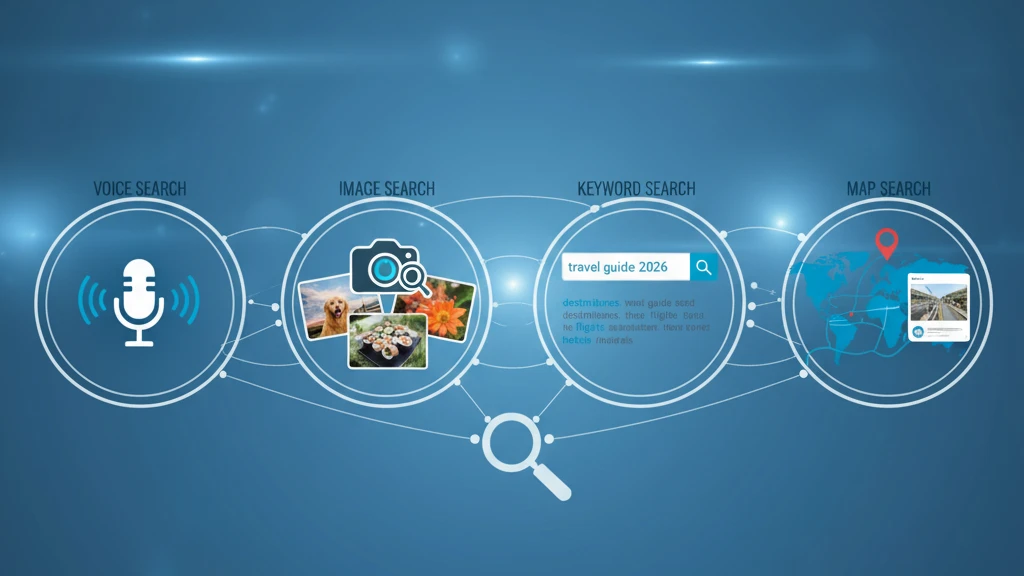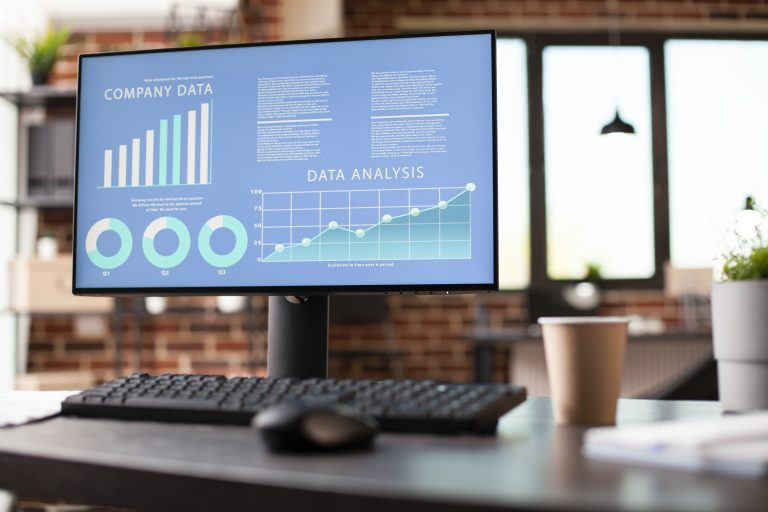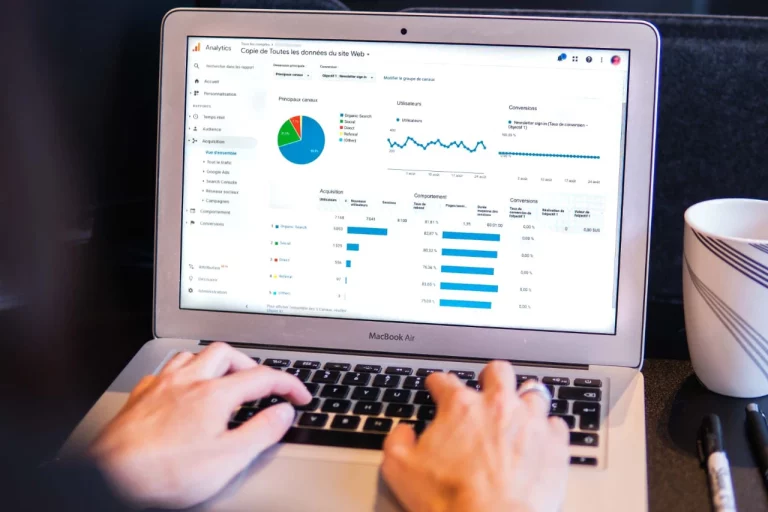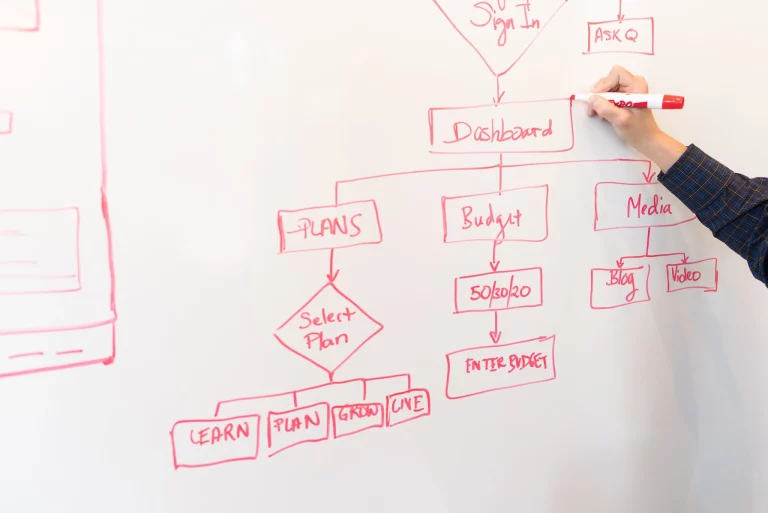Master the future: The must-have digital marketing trends for 2026
The digital marketing landscape is changing at an impressive pace, driven by marketing innovation and the digital transformation of businesses. To remain competitive, organizations must anticipate new technologies and adapt their practices. As we look ahead to 2026, several major trends are emerging that promise to redefine the way we attract, engage and retain customers.
Before embarking on new strategies, it's essential to understand these developments so you can plan your actions carefully and maximize the digital marketing ROI of each initiative.
In this guide, we'll detail the 5 trends you need to follow to ensure your marketing strategy remains relevant and successful. Unfortunately, if these developments are not taken into account, all marketing efforts could see their impact greatly reduced in the face of the rise of automated marketing and digital behavioral analysis.
Integrate AI and automation at the heart of your campaigns

First and foremost, we need to recognize that artificial intelligence (AI) is no longer just an option, but an essential performance driver. Marketing AI plays a central role in both optimization and strategy personalization. Integrating it into your SEO and SEM strategies is the first step in optimizing your results. This analysis will provide you with concrete avenues for leveraging AI. Here are the key aspects to consider:
- Generative SEO and AEO (Answer Engine Optimization): Search engines like Google use AI to generate direct answers in the results (SGE - Search Generative Experience). Your content must therefore be structured to answer questions precisely and be optimized for the answer engines. AEO becomes crucial to be the source that AI chooses to cite.
- Automated SEM (paid advertising) : Platforms like Google Ads leverage AI to automatically optimize campaigns. Intelligent bidding strategies, predictive targeting and dynamic ad generation improve return on investment (ROI) in real time, and enhance the effectiveness of automated marketing.
- Large-scale customization : AI makes it possible to analyze massive volumes of data to personalize user journeys. Whether through product recommendations, tailored emails or dynamic website content, AI makes the customer experience unique and more engaging.
Once this in-depth analysis has been carried out, you'll have a clear vision of the opportunities that AI offers to make your campaigns more effective and faster, while generating greater digital marketing ROI.
Adapting to new forms of research

The second step is to recognize that the text search bar is no longer the only gateway. Voice and visual search are rapidly gaining in popularity, changing the way users interact with search engines and reinventing marketing innovation.
Here are a few examples of the impact of these new habits:
- Optimization for voice search : Voice queries are longer and more conversational ("What's the best Italian restaurant near me open now?"). Your keyword strategy needs to adapt by integrating long-tail phrases and adopting a more natural tone. FAQ pages are particularly effective in attracting this type of traffic.
- Optimization for visual search : Tools such as Google Lens or Pinterest Lens allow users to search from an image. To be visible, it's essential to optimize your images: use descriptive file names, detailed ALT tags and high-quality images. For an e-commerce site, this means that every product photo becomes a potential source of traffic.
Clearly defining a strategy for these new channels will enable you to capture an innovative audience and improve your visibility in less competitive segments - a key element of successful digital transformation.
Focus on short videos and micro-content

An analysis of content consumption habits reveals a fundamental trend: attention is a scarce resource. In response, short, punchy formats have become essential. They enable you to convey a message quickly and engagingly, supporting a high-performance marketing innovation strategy.
Here are key elements to focus on:
- The dominance of short videos : Platforms like TikTok, Instagram Reels and YouTube Shorts have accustomed users to dynamic content lasting less than 60 seconds. This format is ideal for showcasing a product, sharing a quick tip or showing a behind-the-scenes look at your business.
- The power of micro-content : It's not just about videos. Carousels on Instagram or LinkedIn, easy-to-read infographics, punchy quotes and stories help break complex information into digestible bites.
- Recycling strategy : A complete blog post can be transformed into a series of micro-contents: a short video, several posts for social networks, an infographic, etc. This approach maximizes the reach of each piece of content you create. This approach maximizes the reach of every piece of content you create.
This analysis of content consumption, based on digital behavioral analysis, will help you adapt your editorial strategy to capture and hold your audience's attention.
User path personalization

Consumers now expect tailor-made digital experiences. Personalization is no longer limited to adding a customer's first name to an email: it involves adapting the entire user journey, from site navigation to product recommendations and landing pages.
- Email personalization : Send targeted messages, adapted to each customer's preferences and buying behavior, to capture their attention at the right moment thanks to automated marketing.
- Product recommendations : Offer suggestions based on browsing history, previous purchases or usage habits, to facilitate discovery and encourage conversion.
- Suitable landing pages : Create landing pages that reflect the specific needs or interests of each segment of your audience.
- Behavioral data analysis : Leverage browsing and interaction data to anticipate expectations and offer ever more relevant interactions thanks to in-depth digital behavioral analysis.
The advantage? Increased loyalty, higher conversion rates and a truly optimized user experience that contributes directly to your company's digital marketing ROI.
Preparing for a future without third-party cookies

Last but not least, data protection. The gradual disappearance of third-party cookies marks a major turning point for digital marketing. It is imperative to anticipate this change if you are to continue to measure your performance and personalize your marketing actions.
Here’s how to stay on top of optimization:
- Prioritize the collection of first-party data : This is data that your customers provide to you directly (e-mail address via a newsletter, information in a customer account, etc.). It is more reliable and transparent to collect. Your strategy should focus on creating value, to encourage users to share their information.
- Set up a solid consent management system : With regulations such as Bill 25 in Quebec, it's crucial to obtain clear and explicit consent before collecting and using user data. A consent management platform (CMP) becomes an indispensable tool.
- Explore alternative solutions : Technologies such as "contextual advertising", which targets users according to the content of the page they are viewing rather than their browsing history, are gaining in importance and illustrate marketing innovation in terms of privacy protection.
By following these four essential steps, you'll ensure that you approach the future of digital marketing strategically and thoughtfully, with a strong focus on digital transformation and performance.
Leverage these trends for your growth
The integration ofAI marketingadapting to new searches, creating short-form content and preparing for a world without cookies are all crucial steps in ensuring a successful marketing strategy aligned with tomorrow's expectations.
Remember that every trend is an opportunity to strengthen your online presence, improve the user experience and stand out from the competition through marketing innovation and digital behavioral analysis. By always keeping your target audience and objectives at the heart of your decisions, you'll create a high-performance strategy capable of generating sustainable digital marketing ROI.
Once you've updated your strategy, be sure to track and analyze the performance of your new initiatives. Be ready to make adjustments to continually optimize your online presence and deliver a quality user experience. By putting these tips into practice, you're on your way to a successful marketing strategy that will strengthen your online presence.
At customized strategywe support companies in the implementation of digital marketing strategies by integrating the latest trends in marketing innovation, marketing AI, digital transformation, personalization, automated marketing and digital behavioral analysis. Whether it's optimizing your campaigns, creating engaging content or protecting your user data, our team helps you maximize your visibility, engagement and digital marketing ROI. Contact Us today to build a high-performance digital strategy.






